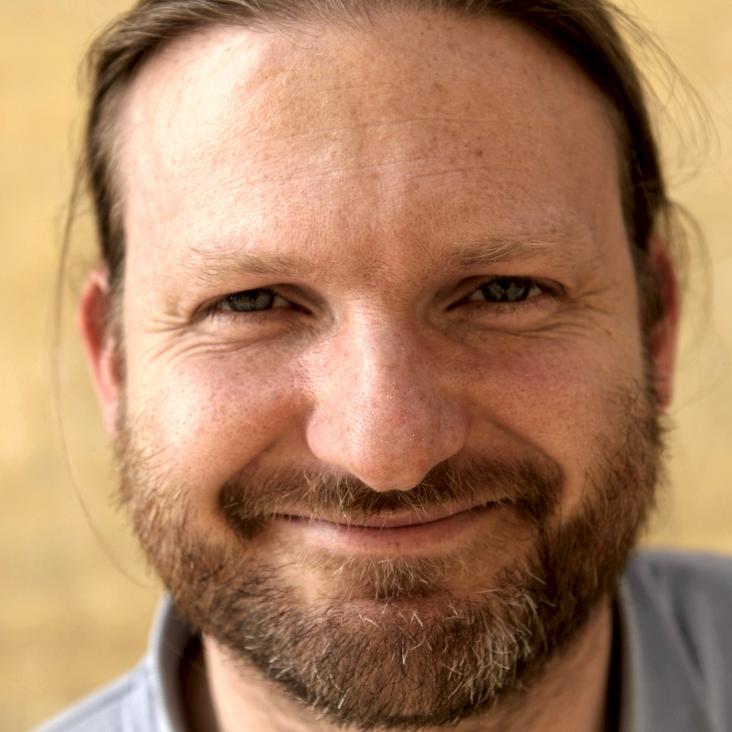European Venus Explorer: An in-situ mission to Venus using a balloon platform
Advances in Space Research 44:1 (2009) 106-115
Authors:
E Chassefière, O Korablev, T Imamura, KH Baines, CF Wilson, DV Titov, KL Aplin, T Balint, JE Blamont, CG Cochrane, C Ferencz, F Ferri, M Gerasimov, JJ Leitner, J Lopez-Moreno, B Marty, M Martynov, SV Pogrebenko, A Rodin, JA Whiteway, LV Zasova
Abstract:
Planetary balloons have a long history already. A small super-pressure balloon was flown in the atmosphere of Venus in the eighties by the Russian-French VEGA mission. For this mission, CNES developed and fully tested a 9 m diameter super-pressure balloon, but finally replaced it by a smaller one due to mass constraints (when it was decided to send Vega to Halley's Comet). Furthermore, several kinds of balloons have been proposed for planetary exploration [Blamont, J., in: Maran, S.P. (Ed.), The Astronomy and Astrophysics Encyclopedia. Cambridge University Press, p. 494, 1991]. A Mars balloon has been studied for the Mars-94 Russian-French mission, which was finally cancelled. Mars and Venus balloons have also been studied and ground tested at JPL, and a low atmosphere Venus balloon is presently under development at JAXA (the Japanese Space Agency). Balloons have been identified as a key element in an ongoing Flagship class mission study at NASA, with an assumed launch date between 2020 and 2025. Recently, it was proposed by a group of scientists, under European leadership, to use a balloon to characterize - by in-situ measurements - the evolution, composition and dynamics of the Venus atmosphere. This balloon is part of a mission called EVE (European Venus Explorer), which has been proposed in response to the ESA AO for the first slice of the Cosmic Vision program by a wide international consortium including Europe, Russia, Japan and USA. The EVE architecture consists of one balloon platform floating at an altitude of 50-60 km, one short lived probe provided by Russia, and an orbiter with a polar orbit to relay data from the balloon and probe, and to perform remote sensing science observations. The balloon type preferred for scientific goals is one, which would oscillate in altitude through the cloud deck. To achieve this flight profile, the balloon envelope would contain a phase change fluid. While this proposal was not selected for the first slice of Cosmic Vision missions, it was ranked first among the remaining concepts within the field of solar system science. © 2009 COSPAR.


